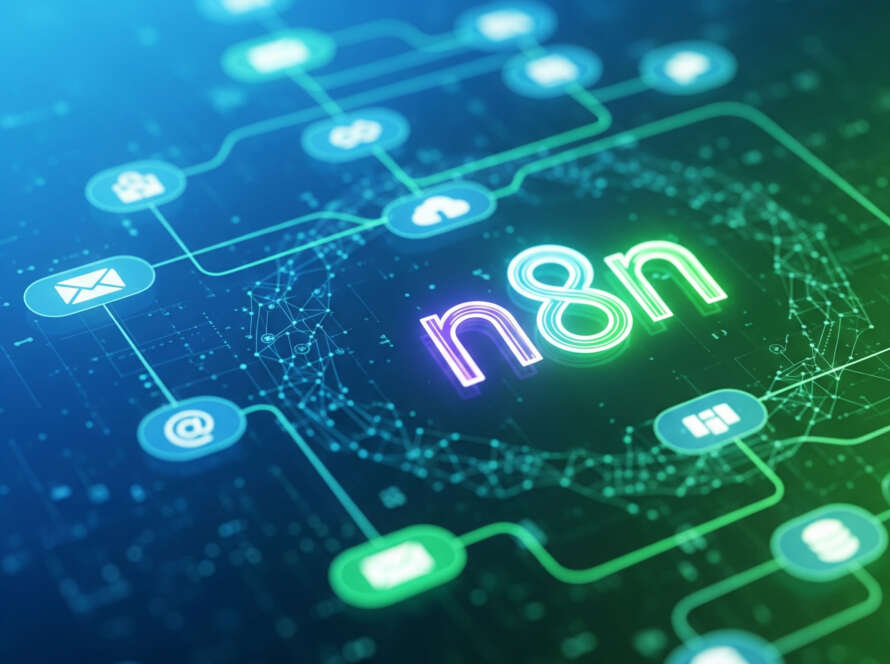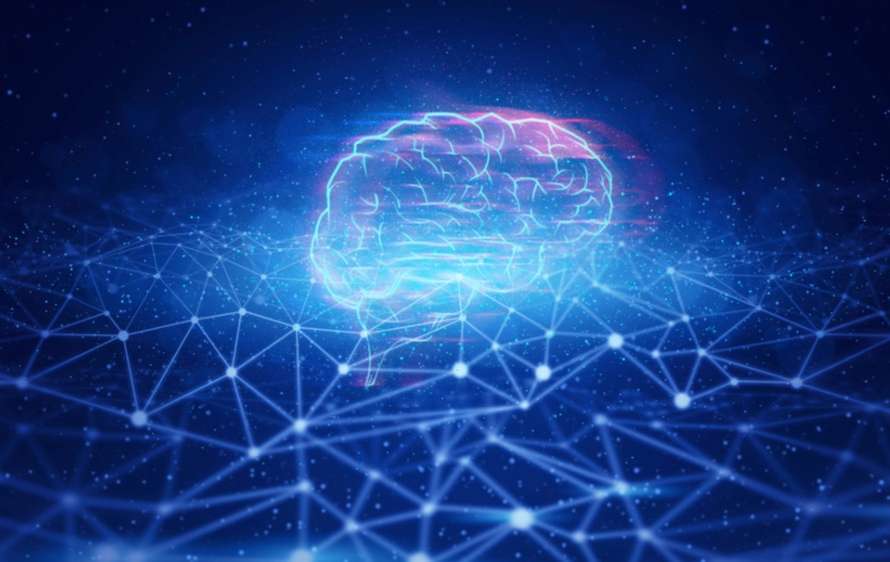What is Headless AI?
If you have come across the term “headless” in technology—such as in headless CMS or headless commerce—you already understand the basic idea. It is about separating the backend logic from the frontend interface. Applied to artificial intelligence, Headless AI means that the intelligence itself, the AI models and decision-making, is decoupled from how users interact with it.
Instead of being tied to a chatbot window or a fixed analytics dashboard, the same AI “brain” can provide services across many different touchpoints: a website, a mobile app, an IoT device, or an enterprise system. This separation makes AI more versatile and much easier to scale.
Why Headless AI Matters
Traditional AI applications often arrive with a ready-made interface. While that might be useful for quick adoption, it can quickly become restrictive when organizations want to integrate AI into existing workflows or deliver it across multiple channels. Headless AI solves this problem by exposing the intelligence through APIs and services. This way, the same AI capability can be reused and adapted to different contexts.
The impact is significant. Companies gain flexibility to experiment with new digital experiences, they can maintain consistent logic across customer touchpoints, and they are not locked into a single vendor’s user interface. Moreover, because the intelligence is centralized, it becomes easier to upgrade models or ensure compliance without disrupting every connected channel.
How Headless AI Works
The architecture of Headless AI usually revolves around three layers. At its core is the AI engine, which might be a natural language model, a computer vision algorithm, or a forecasting system. This intelligence is then made accessible through an API layer, often using REST or GraphQL, which allows other applications to call on the AI’s capabilities. On top of that, there are the frontends—the interfaces where users interact, such as mobile apps, chat platforms, or dashboards.
The result is an elegant separation: one centralized AI brain serving many different faces. Whether a customer interacts via a voice assistant, a website, or a back-office system, they are powered by the same intelligence.
Practical Applications of Headless AI
The most obvious application is in conversational AI. Instead of being bound to a single chatbot interface, natural language processing models can be integrated into customer support systems, telephone hotlines, or CRM platforms, ensuring consistent and intelligent responses across all channels.
In e-commerce, recommendation engines can also benefit from a headless approach. Rather than embedding recommendations only on a website, the same logic can generate personalized offers in mobile apps or even tailor content in marketing emails.
Healthcare provides another compelling example. Predictive models can be integrated into electronic health records and simultaneously made available through mobile applications for patients and clinicians. Similarly, in analytics and business intelligence, forecasting models can be embedded directly into dashboards, giving decision-makers immediate insights without switching platforms.
Headless AI in SAP and Oracle Ecosystems
One of the most powerful implications of Headless AI is how it transforms enterprise software environments such as SAP and Oracle. These systems are traditionally monolithic, with tightly integrated applications and fixed user interfaces. While both vendors have made progress in opening up their ecosystems with APIs and cloud services, the integration of Headless AI takes this to a new level.
In an SAP landscape, for example, Headless AI can enhance modules like SAP S/4HANA or SAP SuccessFactors by embedding intelligent decision-making without altering the native interface. Forecasting demand, optimizing supply chain flows, or generating predictive HR insights can all be handled by AI models running centrally, with outputs seamlessly injected into SAP transactions via APIs. This avoids the need for heavy customization within SAP itself while still giving users AI-driven insights in real time.
Similarly, in Oracle environments—particularly Oracle Fusion Cloud Applications—Headless AI can serve as a decoupled intelligence layer that enriches processes across finance, procurement, or customer experience. Instead of relying solely on Oracle’s built-in AI features, organizations can plug in their own Headless AI models, ensuring flexibility, compliance with industry-specific requirements, and independence from vendor release cycles.
The broader impact is strategic. By embracing Headless AI, enterprises running SAP or Oracle gain the ability to unify intelligence across multiple platforms. This means a single AI model can guide decisions in ERP, CRM, and HR systems alike, ensuring consistency, scalability, and faster time-to-value. It also positions companies to innovate faster, since they are not limited to what comes pre-packaged from SAP or Oracle, but can bring in cutting-edge AI capabilities through a headless integration approach.
Opportunities and Challenges
The advantages of Headless AI are clear: consistency across channels, efficiency through reuse, faster innovation cycles, and easier compliance when governance is centralized. For organizations that are serious about digital transformation, this approach provides a future-proof foundation.
That being said, there are challenges. Integrating Headless AI requires robust API management and orchestration. Latency must be monitored carefully, particularly when real-time interactions are required. Security and privacy also demand attention, as sensitive data will often pass through APIs. And on an organizational level, shifting to a decoupled AI model involves changes in how IT and business teams collaborate.
The Future of Headless AI
Looking ahead, Headless AI is set to become mainstream. Just as headless CMS enabled omnichannel content delivery, Headless AI will enable omnichannel intelligence. We can expect to see more plug-and-play AI services offered through marketplaces, tighter integration with workflow automation tools such as n8n or Zapier, and stronger compliance features built directly into platforms to align with frameworks like the EU AI Act.
In other words, Headless AI is not a passing trend but a structural shift in how enterprises deploy intelligence at scale. It allows organizations to innovate faster, deliver more consistent experiences, and remain flexible in an evolving technological landscape.
Headless AI decouples the intelligence from the interface, making artificial intelligence more adaptable, scalable, and future-ready. By centralizing the AI core and exposing it through APIs, businesses can deliver the same intelligence across websites, apps, devices, and enterprise systems.
For organizations looking to move beyond experiments and into strategic AI adoption, Headless AI offers a practical and powerful way forward. It is the next logical step in building AI ecosystems that are both innovative and resilient.



